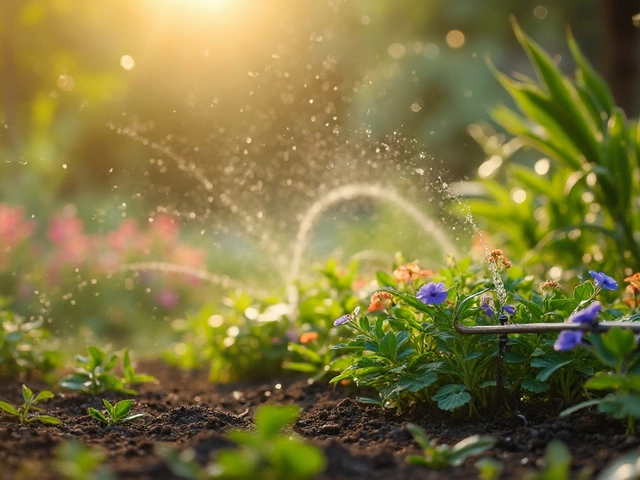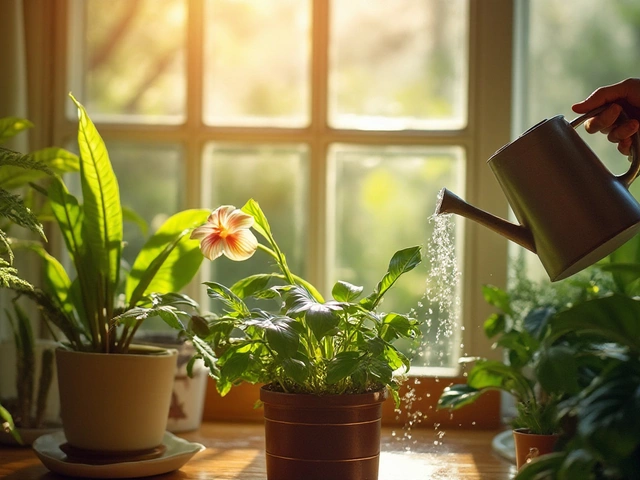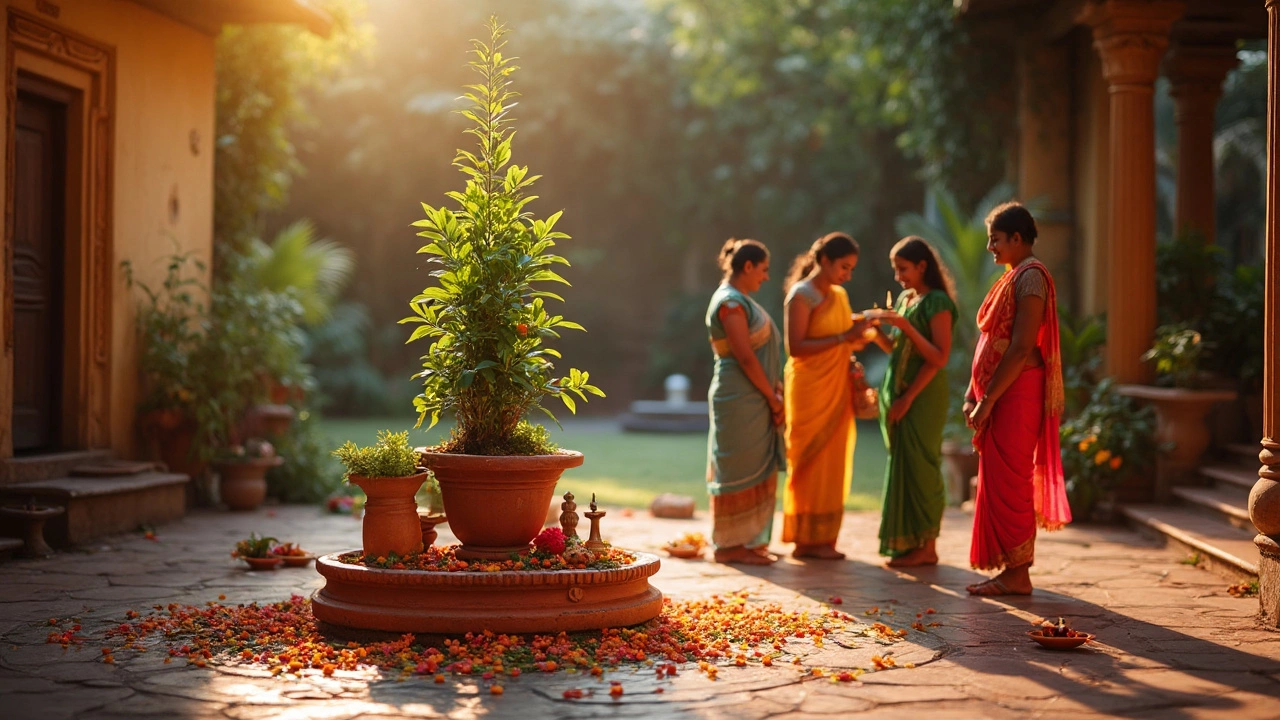Sacred Plants in India – Meaning, Care & Cultural Significance
India’s gardens are full of plants that are more than just green décor – they’re part of daily rituals, festivals, and family stories. From Tulsi in the kitchen to the towering Peepal in the courtyard, these sacred species bring spirituality, health, and a sense of continuity.
When you hear "sacred plant" you probably picture Tulsi, also called holy basil. It’s the go‑to herb for many households: a few leaves in tea, a few more in prayers, and you’ve got a daily dose of immunity‑boosting compounds. But Tulsi isn’t the only star. The Peepal (Ficus religiosa) is worshipped as a living shrine; its heart‑shaped leaves are linked to meditation and calm. The Banyan, with its massive aerial roots, symbolizes eternal life, while the neem tree is revered for its pest‑repelling power and medicinal bark.
Why These Plants Are Revered
Each sacred plant carries a story that blends myth, medicine, and ecology. Tulsi features in the Vedas as a purifier – people light lamps near it, believing the smoke clears negative vibes. Peepal’s shade is a common spot for village gatherings; the tree’s extensive root system helps keep groundwater levels stable, making it both spiritual and practical.
Neem’s bitter leaves are a natural insect repellent, so families plant it near homes to keep pests away without chemicals. That’s why you’ll often see neem screens around entryways. Meanwhile, the mango tree, though known for its sweet fruit, is also a symbol of prosperity. Planting a mango sapling is considered a way to invite wealth into a household.
These plants aren’t just symbols; they’re active participants in daily life. Their leaves are used in festivals, their wood in crafts, their roots in Ayurvedic remedies. By caring for them, people preserve a living link to centuries‑old traditions.
Growing Sacred Plants at Home
If you want to bring a piece of that heritage into your balcony or backyard, start with a few easy choices. Tulsi thrives in warm, sunny spots with well‑draining soil – a pot with a saucer works fine. Water it when the top inch of soil feels dry; over‑watering will cause root rot.
Peepal prefers a larger space because its roots spread wide. If you have a garden, plant it at least two meters from walls to allow room for its growth. Keep the soil moist but not soggy, especially during the first year.
Neem can handle tougher soil and less water, making it perfect for dry climates. A seedling planted in a hole twice its root ball size will adapt quickly. Prune regularly to shape the canopy and encourage fresh shoots.
Mango trees need full sun and a deep, fertile pit. Start with a grafted sapling to ensure fruit quality. Mulch around the base to retain moisture and suppress weeds.
Remember, these plants are living symbols. Treat them with respect: talk to them, offer a small offering during festivals, or simply enjoy the shade they provide. The more you engage, the stronger the connection you’ll feel.
In short, sacred plants in India blend spirituality, health, and ecology. Whether you grow Tulsi on a windowsill or tend a Peepal in your yard, you’re nurturing a tradition that’s lasted for millennia. Give one of these holy greens a spot in your home and watch both your garden and spirit flourish.
Sacred Plant in India: Why Tulsi Rules Flower Gardens
Tulsi, also called holy basil, is the most sacred plant in India and has a huge impact on gardening, health, and culture. This article explains why Tulsi is so special, from its religious ties to its powerful health perks. You'll get practical tips on growing Tulsi in your own garden and hear about fascinating legends that make this plant stand out. Anyone interested in flower gardening in India will find out exactly why Tulsi deserves a spotlight.
About
Flower Gardening
Latest Posts


How to Safely Stabilize Sloped Soil for Terrace Gardening
By Alden Thorne Mar 9, 2025

Dripper vs. Emitter: What's the Difference in Drip Irrigation?
By Alden Thorne Mar 26, 2025

What Is a Sprinkle Irrigation System? A Simple Guide for Home Gardeners
By Alden Thorne Dec 1, 2025

